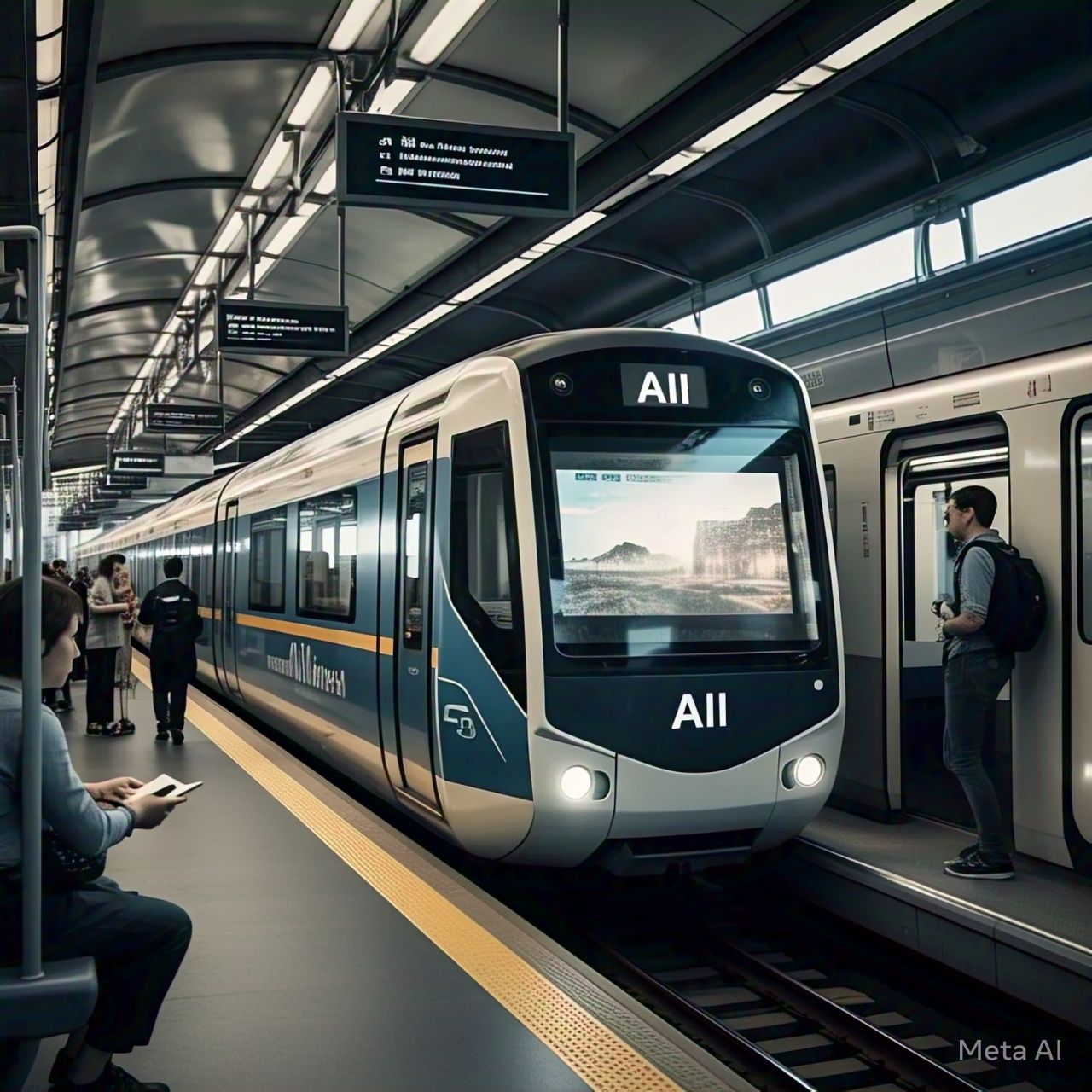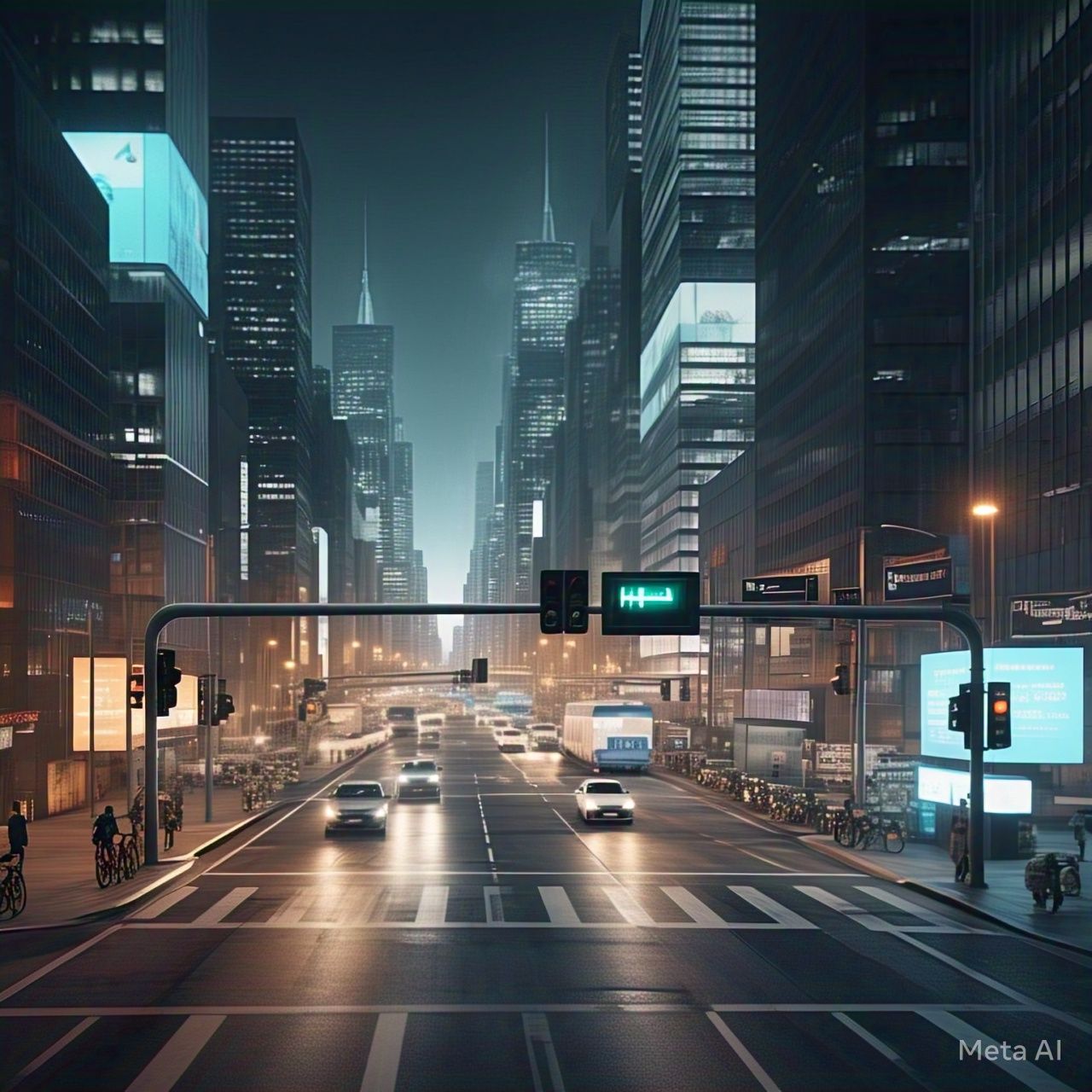Table of Contents
- Introduction
- What Is Real-Time Traffic Prediction?
- The Role of AI in Traffic Prediction
- How AI Enhances Real-Time Traffic Analysis
- AI vs. Traditional Traffic Prediction Methods
- Case Studies: Cities Leveraging AI for Traffic Management
- Challenges and Limitations of AI Traffic Prediction
- The Future of AI in Traffic Forecasting
- Conclusion
- FAQs
1. Introduction
Traffic congestion is a growing problem in urban areas, leading to longer commutes, increased pollution, and economic losses. Traditional traffic forecasting methods often fail to provide accurate real-time predictions. However, artificial intelligence (AI) has revolutionized traffic management by offering real-time, data-driven insights. This article explores how AI enhances real-time traffic predictions and its advantages over conventional methods.
2. What Is Real-Time Traffic Prediction?
Real-time traffic prediction involves analyzing live data from various sources to anticipate traffic conditions and suggest the best routes. This process uses data from:
- GPS tracking
- Traffic cameras
- Road sensors
- Mobile apps and crowdsourced reports
- Historical traffic data
The goal is to provide accurate, up-to-the-minute traffic insights that help commuters and city planners optimize road usage.
3. The Role of AI in Traffic Prediction
AI plays a crucial role in real-time traffic forecasting by leveraging machine learning (ML), deep learning, and big data analytics. AI-driven traffic systems can:
- Analyze live data streams: AI processes data from thousands of sensors simultaneously.
- Predict congestion patterns: Machine learning models identify trends based on historical and real-time data.
- Optimize traffic signals: AI adjusts traffic light timings dynamically to reduce congestion.
- Improve public transportation efficiency: AI-powered analytics enhance bus and train scheduling.
By continuously learning from new data, AI-driven systems improve accuracy over time.
4. How AI Enhances Real-Time Traffic Analysis
AI enhances real-time traffic predictions through several advanced technologies:
4.1 Machine Learning Algorithms
ML algorithms analyze past traffic patterns and current conditions to predict congestion. Neural networks, decision trees, and reinforcement learning models are commonly used.
4.2 Big Data Processing
AI systems analyze massive amounts of traffic data from multiple sources to provide precise real-time updates.
4.3 Computer Vision
Traffic cameras equipped with AI-driven computer vision detect vehicle density, accidents, and unusual events, improving accuracy.
4.4 Natural Language Processing (NLP)
AI processes real-time traffic reports from social media and navigation apps, extracting useful insights.
These technologies work together to create highly accurate traffic forecasts, minimizing disruptions and improving mobility.
5. AI vs. Traditional Traffic Prediction Methods
The following table highlights key differences between AI-powered and traditional traffic prediction approaches:
| Factor | Traditional Methods | AI-Powered Methods |
|---|---|---|
| Data Sources | Limited (historical data, road sensors) | Wide-ranging (GPS, IoT, social media, cameras) |
| Speed of Processing | Slow, manual updates | Real-time, automated updates |
| Accuracy | Limited accuracy due to static models | High accuracy with continuous learning |
| Predictive Capabilities | Basic forecasting | Dynamic predictions with live data |
| Adaptability | Fixed algorithms | Self-learning models improving over time |
AI-powered traffic predictions provide superior accuracy, faster processing, and better adaptability than traditional models.
6. Case Studies: Cities Leveraging AI for Traffic Management
Several cities worldwide have adopted AI for real-time traffic prediction and congestion management:
| City | AI Implementation | Impact |
| Los Angeles, USA | AI-driven adaptive traffic lights | 20% reduction in travel time |
| Beijing, China | AI-powered traffic flow analysis | 30% decrease in congestion |
| London, UK | AI-enhanced traffic monitoring | Improved bus and train scheduling |
| Tokyo, Japan | AI-based accident prediction | Faster emergency response times |
| Singapore | Smart AI traffic management | Reduced vehicle emissions and delays |
These cities demonstrate how AI can transform urban mobility, improving efficiency and sustainability.
7. Challenges and Limitations of AI Traffic Prediction
Despite its advantages, AI-driven traffic forecasting faces several challenges:
- Data Quality Issues: Inaccurate or incomplete data can affect prediction reliability.
- Cybersecurity Risks: AI traffic systems are vulnerable to hacking and data breaches.
- High Implementation Costs: Deploying AI infrastructure requires significant investment.
- Ethical Concerns: AI-driven surveillance may raise privacy concerns among citizens.
- Integration with Existing Systems: Upgrading traditional traffic control infrastructure to AI-driven solutions can be complex and time-consuming.
Addressing these challenges is essential for the successful deployment of AI in traffic management.
8. The Future of AI in Traffic Forecasting
The future of AI-powered traffic prediction looks promising, with several emerging trends:
- Autonomous Traffic Management Systems: AI will fully automate traffic control, minimizing human intervention.
- AI-Powered Smart Roads: Roads embedded with AI sensors will provide real-time updates to connected vehicles.
- Integration with Autonomous Vehicles: AI will coordinate self-driving cars, optimizing traffic flow.
- Enhanced AI Collaboration: AI systems will interact with smart city infrastructure for better decision-making.
- Sustainable Traffic Solutions: AI will help reduce carbon footprints by optimizing traffic flow and promoting greener transportation alternatives.
As AI technology advances, traffic management will become more efficient, reducing congestion and improving urban mobility.
9. Conclusion
AI-powered real-time traffic prediction is transforming how cities manage congestion and improve road safety. By leveraging machine learning, big data, and computer vision, AI provides more accurate, faster, and adaptive traffic insights compared to traditional methods. While challenges exist, ongoing advancements in AI will continue to enhance traffic forecasting, leading to smarter and more sustainable urban transport systems.
10. FAQs
1. How does AI predict real-time traffic conditions?
AI analyzes live data from GPS, traffic cameras, sensors, and social media to forecast congestion and suggest optimal routes.
2. What are the benefits of AI in traffic management?
AI improves accuracy, reduces congestion, enhances safety, and provides real-time traffic updates for better decision-making.
3. Are there any privacy concerns with AI traffic prediction?
Yes, AI systems rely on surveillance data, which raises privacy concerns. Proper regulations are necessary to ensure ethical usage.
4. Which cities are using AI for traffic forecasting?
Cities like Los Angeles, Beijing, London, Tokyo, and Singapore have successfully implemented AI-driven traffic management systems.
5. What is the future of AI in traffic prediction?
The future includes AI-powered autonomous traffic control, smart roads, integration with self-driving cars, and sustainable traffic solutions.
Citations:
- World Economic Forum – AI in Urban Traffic Management
- International Transport Forum (ITF) – AI and Traffic Flow Optimization
- U.S. Department of Transportation – AI in Traffic Control Reports
- Smart Cities Council – AI and Intelligent Traffic Systems
- Case Studies from Los Angeles Traffic Bureau and Beijing Smart Mobility Initiatives




